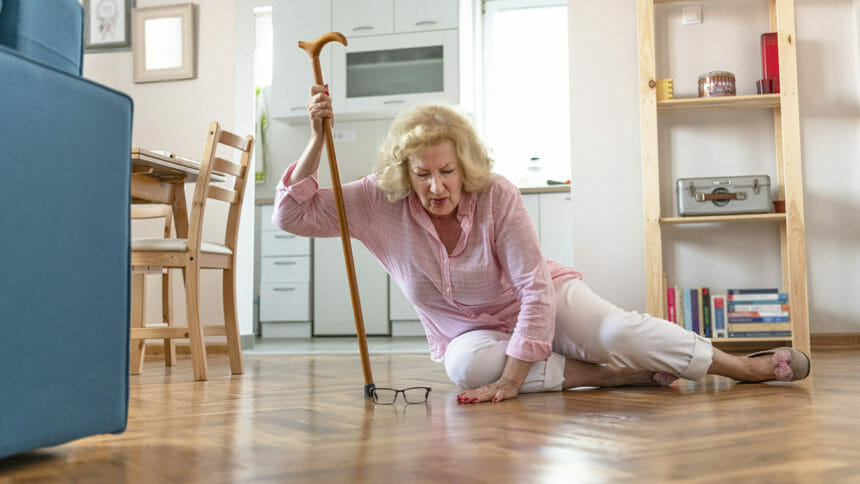
Long-term care residents in nursing homes who took antihypertensive medicines had higher risks for falls and fractures, according to a study published Monday in JAMA Internal Medicine.
Authors of the report said the risks for falling or getting fractures were even higher among those with dementia, those with higher blood pressure in general, and those who didn’t take medications to lower their blood pressure recently.
Investigators evaluated data from 29,648 older long-term care nursing home residents at Veterans Health Administration (VA) centers between 2006 and 2019. The average age of those people was 78. The team compared data to a matched cohort of 64,710 people with an average age of 77.9 years old.
The incidence rate of fractures per 100 person-years in residents starting antihypertensive medication was 5.4 compared with 2.2 who didn’t start medicines. People in nursing homes who started high blood pressure drugs were 2.42 times more likely to have a fracture and 1.80 times more likely to be hospitalized or go to an emergency room for severe falls compared to those not on the medications.
Fracture risk was 3.28 higher in residents starting the medications who already had dementia. And it was 3.12 times higher in those with systolic blood pressure of 140 mm Hg or higher and 4.41 times higher in those with diastolic blood pressure of 80 mm Hg or higher. The risk for fractures was 4.77 times higher in those who previously hadn’t used antihypertensive medications.
“Caution and additional monitoring are advised when initiating antihypertensive medication in this vulnerable population,” the authors wrote.
In a related commentary published the same day and in the same journal, Muna Thalji Canales, MD, a researcher in the Geriatric Research Education and Clinical Center at Malcom Randall VA Medical Center in Gainesville, Florida, said medical professionals need to be cautious when starting or increasing antihypertensive therapy in the older adult nursing home population.
“In a perfect world, orthostatic vitals would be monitored around changes in blood pressure management, particularly in the first week after a change or with introduction of a new class of drug,” Thalji Canales wrote. “Vital signs could be monitored more frequently, at least with each shift change. Also, health care practitioners at nursing homes might avoid rapid intensification of antihypertensive medication — perhaps allowing at least a month for acclimation to a new dose or drug.”
Begin with the lowest dose possible when starting a new medication, Thalji Canales wrote.
“Some of these measures would require adequate staffing and added health care practitioner involvement, an ideal that may not be realistic,” she wrote.
“Ultimately, the question of how to treat blood pressure in older nursing home residents remains one that must be individualized,” Thalji Canales added.




